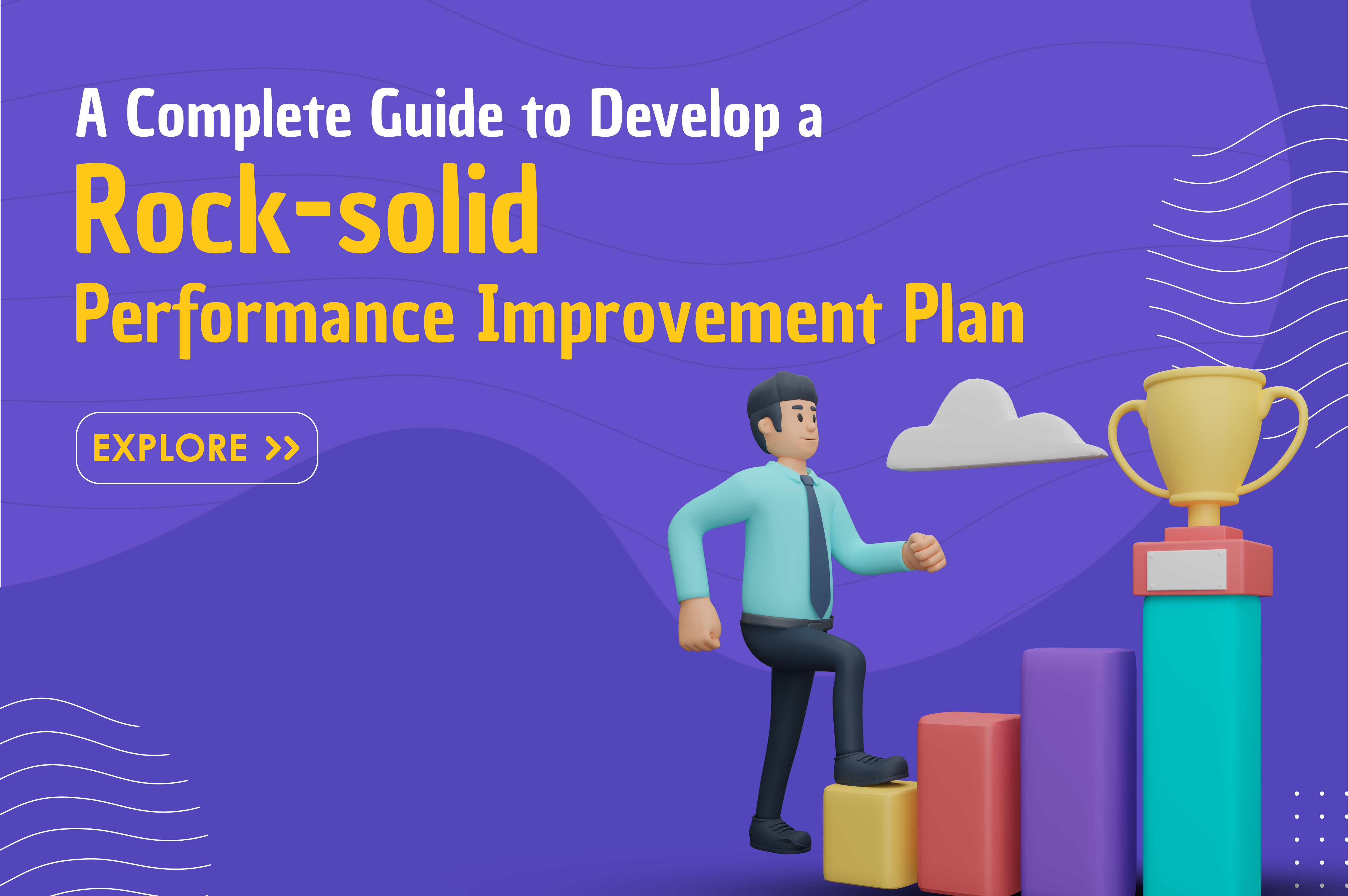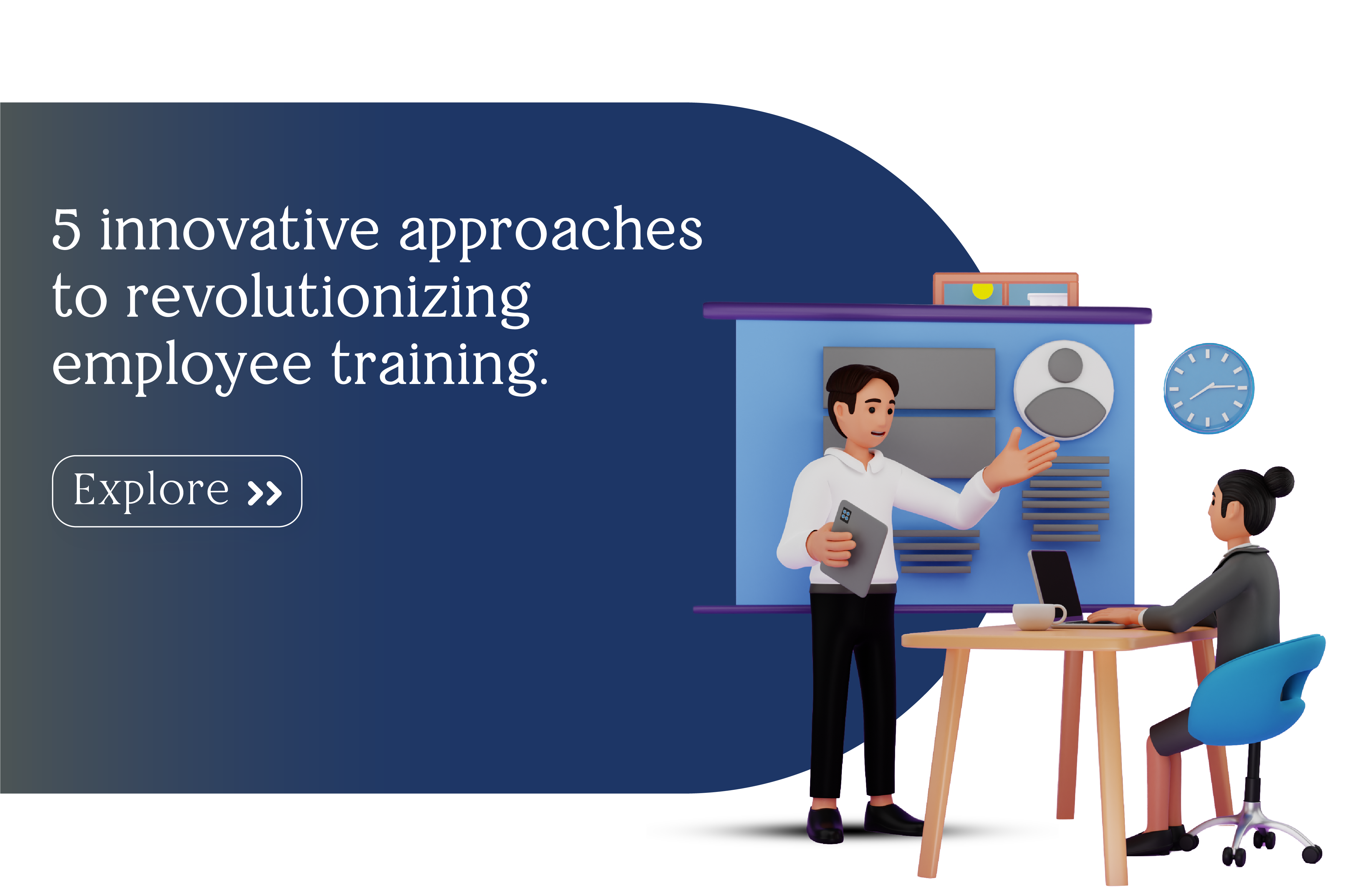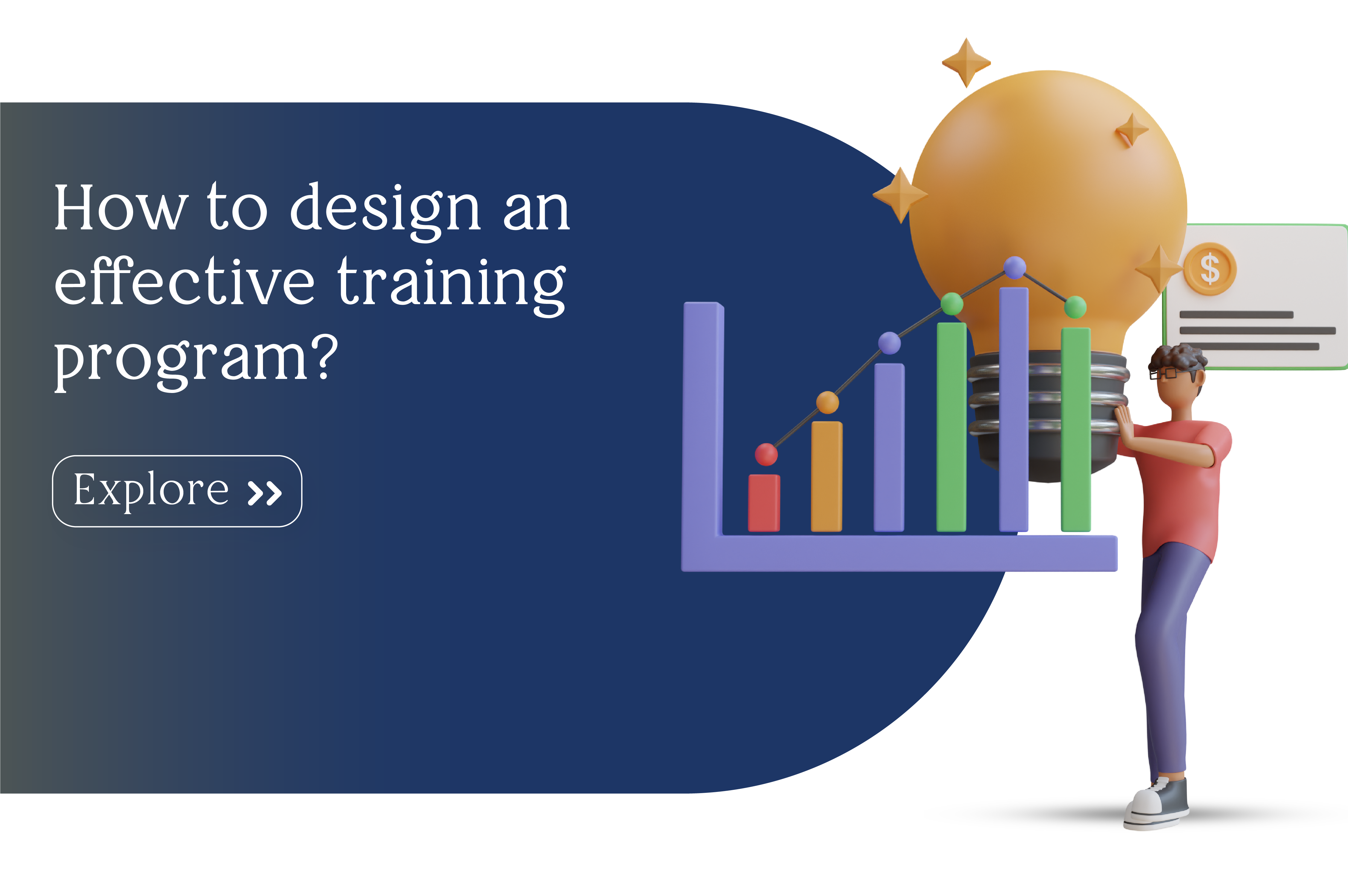Most organizations acknowledge and reward employees with good performance. However, preparing and executing Performance Improvement Plan (PIP) to assist underperforming employees is still not mainstream.
Developing and executing PIP before taking disciplinary actions against the employee is essential. It gives them an opportunity to learn from their mistakes, fill in the skill gaps and put their best efforts into the work.
Here is a complete guide to developing a performance improvement plan that will definitely work for your organization and the employee.
1. Diagnose the problem:
Identifying a problem is important for finding a solution. Therefore, the first step is to understand why the employee is underperforming. Use accurate and factual details to document the problem. It should ideally cover the following points:
– Employee’s name, company ID, designation
– Date of joining and other dates related to project assignment and deadlines
– Details of a performance discrepancy
– What is expected from the employee
– Gap between expectation and actual performance
– If the employee has violated specific rules or company policies.
2. In-person meeting:
It is crucial to have a candid and face-to-face talk with the underperforming employee. Sometimes the employee is unaware of the other’s points of view, and therefore they cannot understand the root cause of the problem. It is vital to make them understand what behaviour or incident triggered the chain of events. However, it is important to use sober and friendly language so the employee can share his part of the story without hesitation.
3. Mention incidents:
It is best to stay away from assumptions while talking to an employee. Otherwise, they might simply think that you are biased. Therefore, before meeting the employee in question, be ready with a list of incidents in which they have failed to meet expectations or violated any rules. Also, make them aware of its consequences and impact on the company’s culture. This talk may lead to self-realization of mistakes.
4. Set measurable goals:
Mistakes have been recognized; now what? The PIP must set measurable improvement goals for employees. For example, the employee will reach the office latest by 9.15 a.m. The employee will submit the task before the stipulated deadline with a maximum of one error.
5. Fill the skill gaps:
The times are rapidly changing, and so are the work trends. Unfortunately, some employees lag behind in adapting to changes. So, if they face challenges in adapting to the new pattern, work culture, or software, ask them if they need help. Let them know that the organization is willing to provide training and tools to fill the skill gaps.
6. Set a timeline:
It is an important aspect of PIP. When you prepare a plan, determine the timeline and convey it to the employee as well. For example, tell them their performance will be reviewed after 60 days. Also, mention the benchmark goals that will be reviewed so that the employee is clear about what exactly they need to do to retain the job.
7. Elaborate on the process description:
Inform the employee how their performance will be measured. For example, their punch-in and punch-out timings will be tracked using a particular software; they must report to their supervisor daily, etc. Inform them what the least amount of work they are expected to do every single day is.
8. If failed, then what?
It is crucial to inform employees of the consequences if they fail to meet the desired standards during PIP implementation. For example, you will lose your job, your salary will be cut by 20%, or you will be demoted to the so-and-so designation. In addition, this information will give them enough fuel to put their best efforts into the work.
It is not enough to prepare and execute the Performance Improvement Plan. It is equally important to review the progress and document the development regularly. In addition, it always helps to meet the employee regularly to discuss the progress, assess whether the plan is working, and ultimately take action based on the outcomes.




